Search Results for 'Lieutenant'
38 results found.
Remembering Myles Joyce

In April 1980, I interviewed Mrs Sarah Lynskey from Bridge Street, on her 100th birthday, for this column. In the course of our conversation, she told me her earliest memory was of “kneeling on the Salmon Weir Bridge with my mother and a lot of Claddagh women praying. I know they were Claddagh women because I can still see the triangles of shawl as they knelt on the bridge. We were praying for a fellow, they were going to hang him the next day. Joyce was his name”. She was talking about Myles Joyce, an innocent man who was to be hanged along with two others for the Maamtrasna murders.
Through the glass darkly
In late November 1623, John Donne, Dean of St Paul’s Cathedral, fell ill, probably of typhus, or ‘spotted fever’, as it was called in his day. He was in his early fifties, a widower since the death of his beloved wife Anne in 1617, and the father of four daughters and a son, who carried his father’s name.
The Town Hall
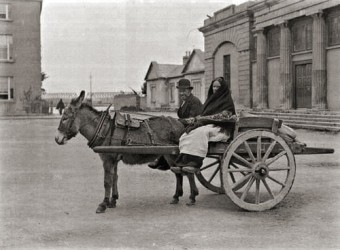
In the excitement of going away on holiday I gave the Advertiser the wrong text with last week’s photograph, so herewith the correct text and photograph.
Burnings and panic follow Ballyturn ambush
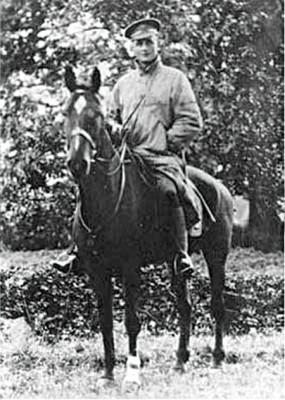
Following a tennis party at the home of Mr J C Bagot JP, of Ballyturn House, near Gort, on May 15 1921, the IRA scored a devastating blow against the British forces. The local District Inspector, Captain Cecil Blake, his lady companion Eliza Williams; two officers, Capt Cornwallis and Lieutenant McCreery were shot dead in an ambush as they drove away from the house. The IRA party, probably as many as ten men, had taken up position in the gate lodge, and in the surrounding bushes. One gate was closed. The car had to stop to open it. At that moment the IRA opened fire. There was one survivor, Margaret Gregory, the widowed daughter-in-law of Lady Gregory.
Grandson returns to scene of assassinated RIC inspector
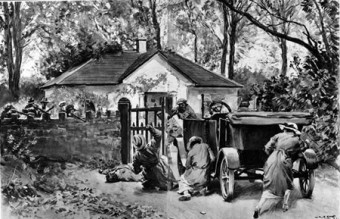
he car pulled up as one side of the gate had been closed by us for that purpose. A man left the car to open the gate. I didn’t know him. When he got to the gate he got the order “hands up” from Ryan and myself. Instead of complying he dodged for cover out of our sight. We concentrated fire on the car, doing our best to save the women in it. The men in the lodge killed the man who came to open the gate. Blake and the other man in the car were killed and one of the two women. Brigadier Stanford (IRA) was on one knee. A bullet hit the stock of his gun, grazed the inside of his leg above the knee and lodged in the heel of his boot. It must have been from the .32 Colt automatic fired by the man who tried to open the gate. I heard afterwards that this man was Captain Cornwallis and that the other man killed was Lieutenant McReary.
His light will never go out
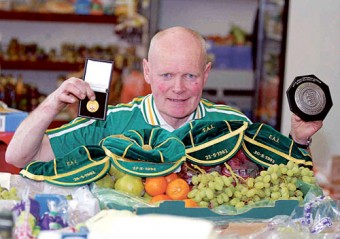
Eamonn Deacy's light will never go out. Craving the game rather than the glory, Eamonn is above cringing at the thought of an Aston Villa selection coming to Terryland Park for a celebration of his rich contribution to all things Galway.
Galway enjoyed an unusual breach of promise marriage case
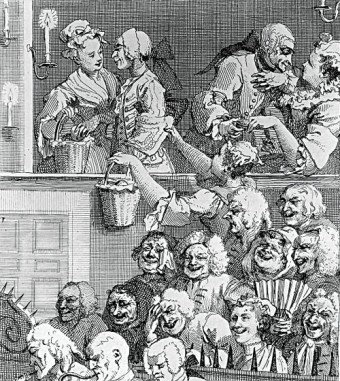
It is not often that one reads of a man taking an action for breach of promise of marriage. Such an action was heard in the County Court-house, Galway, at the Lent Assizes of 1817. (I think it was one of the first cases heard after the opening of the building).
Snapshots in Time – Bank of Ireland serving town and country for 175 years
This year Bank of Ireland marks the 175th anniversary of its establishment in Ballinasloe. Founded in 1783, and set up in Ballinasloe in 1836, Bank of Ireland has been an integral part of the economic development of the town and its large agricultural hinterland over those 175 years. A search through the archives reveals some interesting snapshots in time.
Michael D gets packin’ for the park
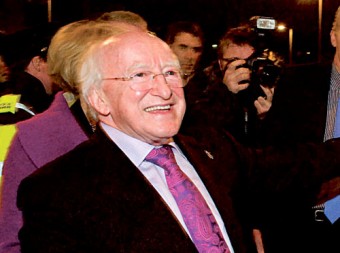
Michael D Higgins is this week preparing to leave Galway to move to Dublin where next week he will be installed as
Lady Morgan and the Eccentric Mr Kirwan
Lady Morgan refers to Richard Kirwan (1733-1812) in several of her books, but her fullest portrait is found in The Book of the Boudoir (1829). She became acquainted with him during the last years of his life. She had by then published her most famous novel, The Wild Irish Girl (1806), and was the toast of Dublin and London literary society.

